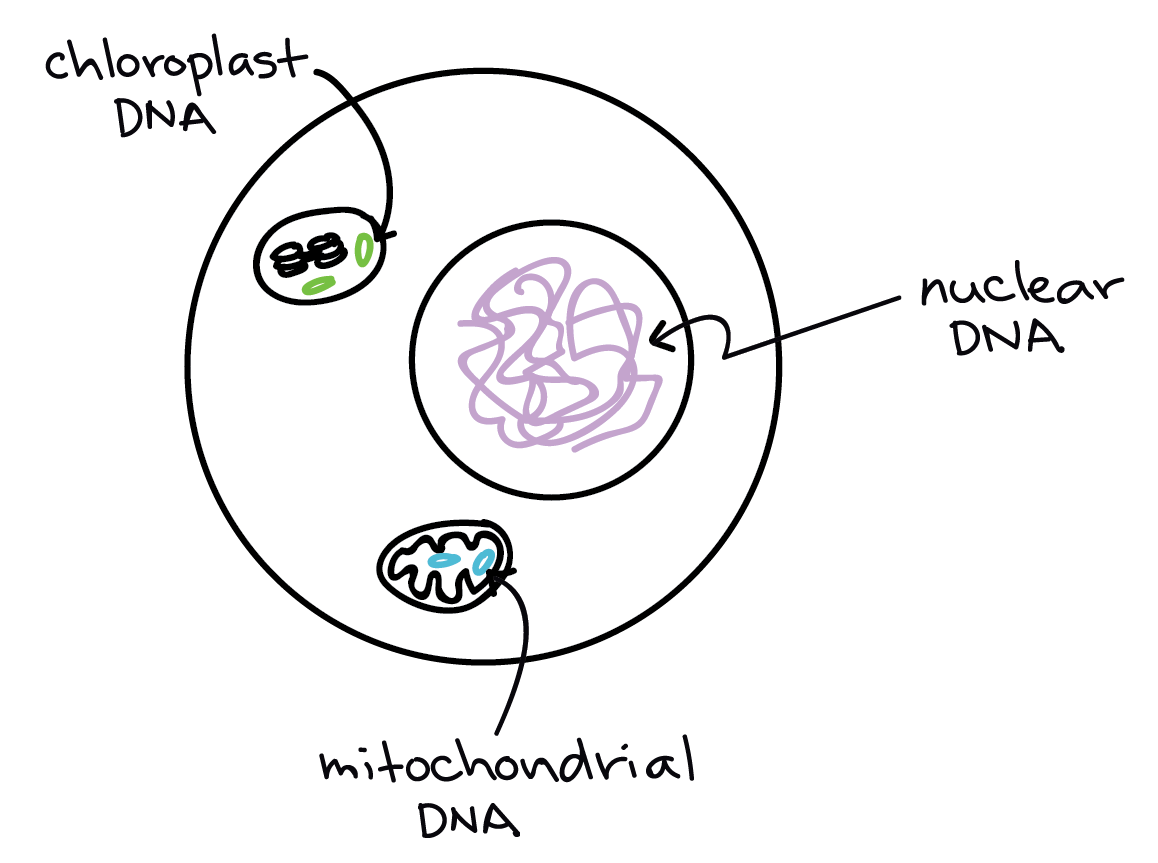Did you know that parts of your cells were once free-living bacteria?
Mitochondria in Humans and Animals
Every human and animal cell contains mitochondria (except red blood cells). These tiny powerhouses generate ATP, the cell’s main energy source. But originally, mitochondria were free-living bacteria that entered a host cell about 1.5–2 billion years ago. Over time, they formed a permanent partnership — a process known as endosymbiosis. That’s why mitochondria still have their own circular DNA, just like bacteria.
Chloroplasts in Plants
Plants and algae also have chloroplasts, which carry out photosynthesis. Chloroplasts evolved from photosynthetic bacteria called cyanobacteria. Like mitochondria, they contain their own DNA (cpDNA) and reproduce independently inside the cell.
A Shared Story of Symbiosis
Early primitive cells did not have mitochondria or chloroplasts. These organelles were once outsiders that became insiders, turning into essential parts of modern eukaryotic life.
In short:
- Animals and humans → Mitochondria only
- Plants and algae → Both mitochondria and chloroplasts
- Both were once free bacteria that now live as symbionts inside our cells
Have Scientists Put cpDNA into Animals?
Genetic engineers have studied whether chloroplast DNA (cpDNA) could function in animal cells. So far:
- Direct transfer hasn’t worked — animal cells don’t have the machinery to use cpDNA for photosynthesis.
- However, scientists have experimented with adding plant photosynthesis genes to bacteria and animal cells in the lab. These tests help us understand energy production but haven’t created photosynthetic animals.
- In short, no animal has been engineered with working chloroplasts — but research continues in synthetic biology to see if parts of plant genes could boost energy use in other organisms.
